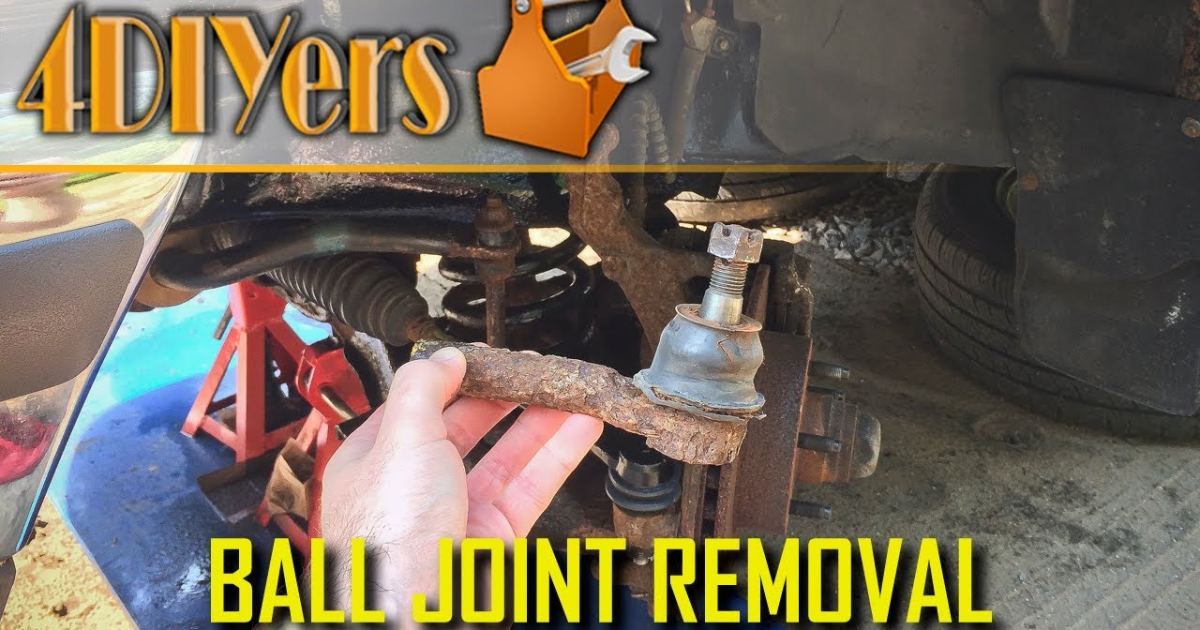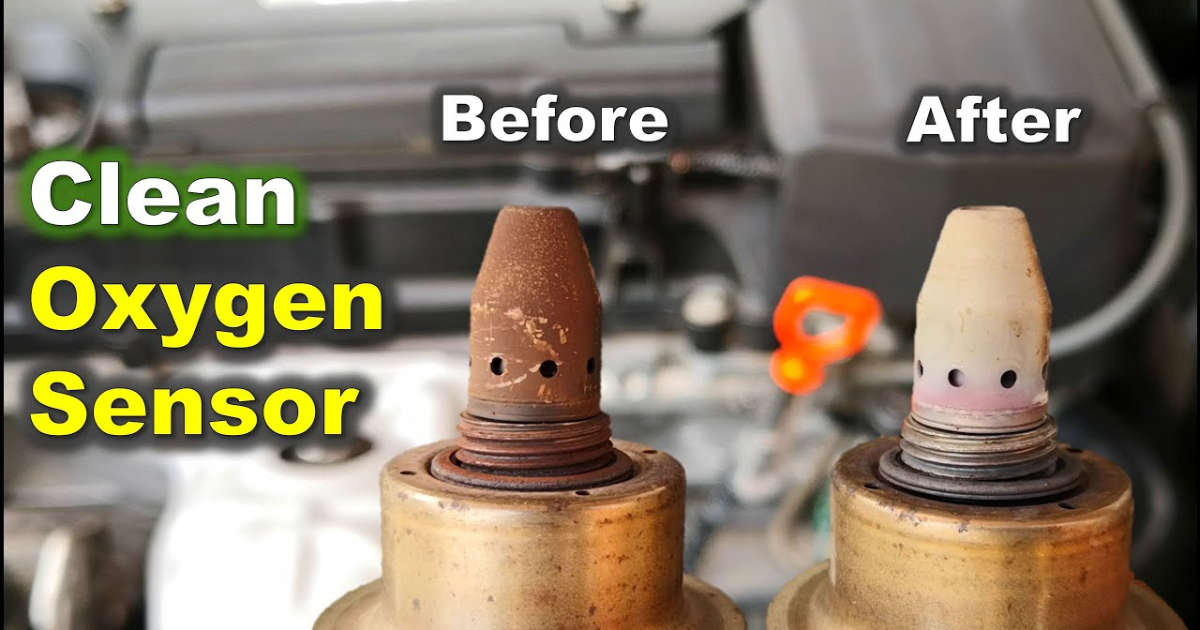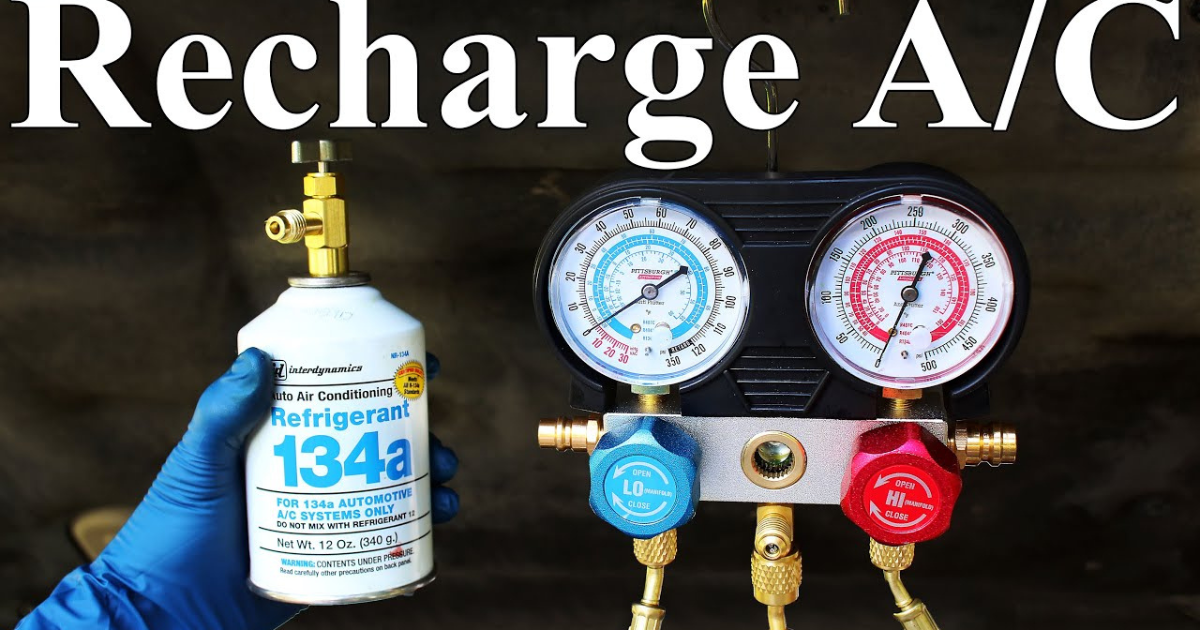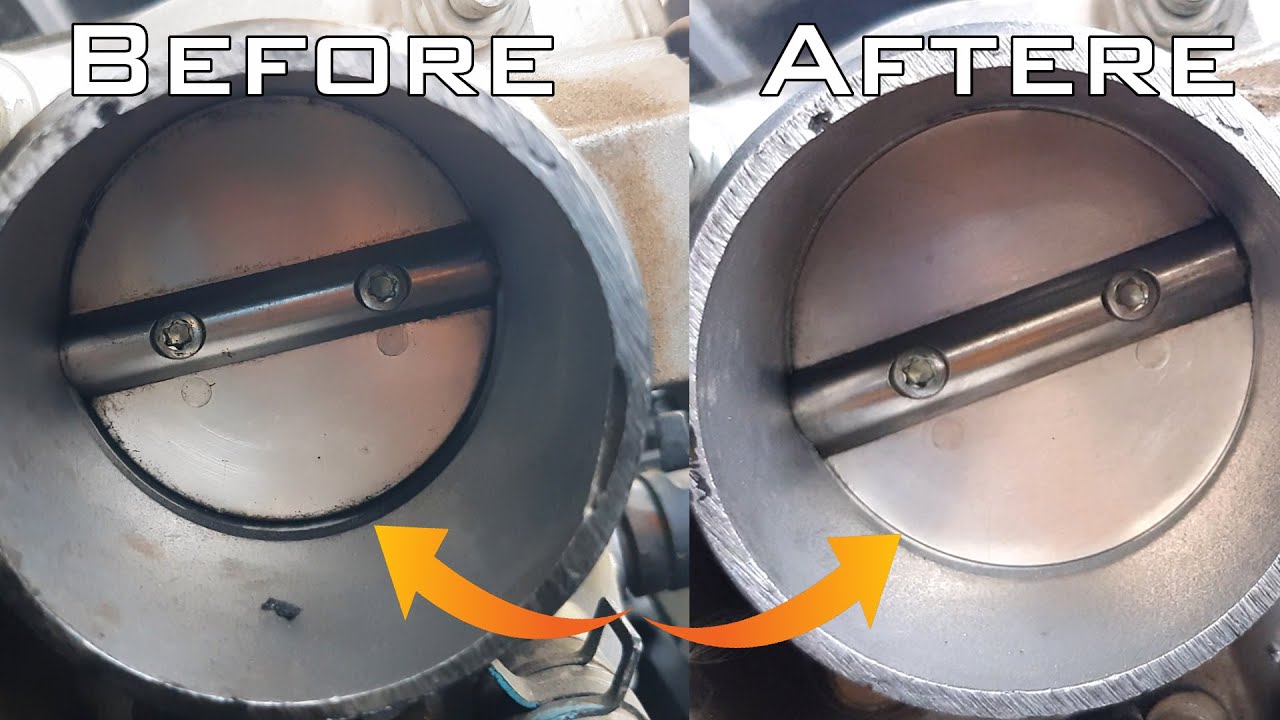Setting the ignition timing on your vehicle is an essential part of maintaining its engine’s performance. While using a timing light is the most common method, it’s not always necessary. This article will show you how to set your ignition timing without a timing light.
Symptoms of Bad Ignition Timing
Before we dive into the process, let’s discuss some common symptoms of bad ignition timing. If your vehicle is experiencing any of the following issues, it may be time to adjust the timing:
- Hard starting
- High fuel consumption
- Overheating
- Low engine power
- Engine knocking or pinging
Setting Ignition Timing Without a Timing Light
If you don’t have access to a timing light, don’t worry. You can still set your ignition timing using a vacuum pressure gauge, dwell meter, and RPM gauge. Here’s a step-by-step guide:
- Gather Your Tools
Before you begin, make sure you have the following tools:
- Vacuum pressure gauge
- Dwell meter
- RPM gauge
- Screwdrivers and pliers
- Loosen the Distributor Bolt
Locate the distributor and loosen the bolt that holds it in place. This will allow you to turn the distributor housing to adjust the timing.
- Rotate the Distributor Slowly
Start the vehicle and hold the distributor firmly. Turn it slowly to the left or right while monitoring the RPM gauge. Continue turning the distributor until the RPM reaches its highest point.
- Adjust the Carburetor
Adjust the carburetor to get the best possible vacuum reading. Then, adjust the RPM by opening or closing the carburetor to achieve a reading of around 21 and ½ inches on the vacuum gauge.
- Adjust the RPM on the Spark Plug
Using a screwdriver, adjust the RPM on the spark plug until it reaches around 700. This should be done while the engine is running.
- Tighten the Distributor Bolt
Once you’ve made all the necessary adjustments, tighten the distributor bolt to secure it in place.
Finding Top Dead Center Without Timing Marks
If your vehicle doesn’t have timing marks, finding the top dead center (TDC) can be challenging. Here’s a step-by-step guide to help you:
- Park the Vehicle on a Level Surface
Make sure the vehicle is on a level surface and the parking brake is engaged.
- Remove the Spark Plug
Remove the spark plug from the first cylinder using a spark plug socket and a ratchet.
- Attach a Ratchet to the Crankshaft
Attach a socket and a ratchet to the big bolt inside the crankshaft’s central point. Then, rotate the crankshaft clockwise until you feel pressure on your finger.
- Insert a Dipstick or Straw into the Spark Plug Hole
Insert a dipstick or straw into the hole of the spark plug and continue rotating the crankshaft clockwise. The piston’s top will hit the dipstick and move it upward.
- Slowly Rotate the Crankshaft
Slowly rotate the crankshaft while pinning the dipstick to the piston. Once the dipstick starts going back down, stop and return it back a bit.
- Confirm TDC
Change the ratchet to a bar and gently rotate the crankshaft in a counterclockwise direction. The piston will come up and go back down. Once you notice this, rotate the crankshaft in a clockwise direction again. This process involves a few movements; then, you can ascertain the moment the piston reaches its stroke’s surface. That is the TDC.





